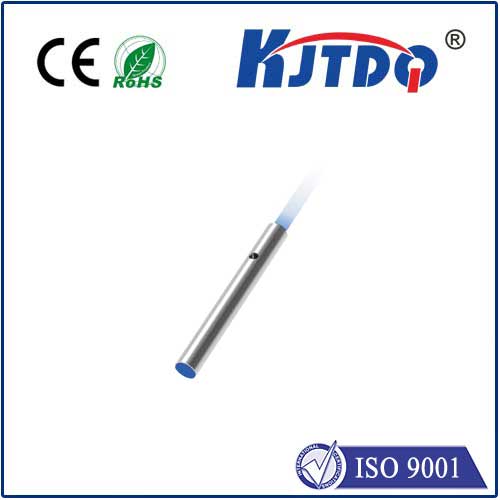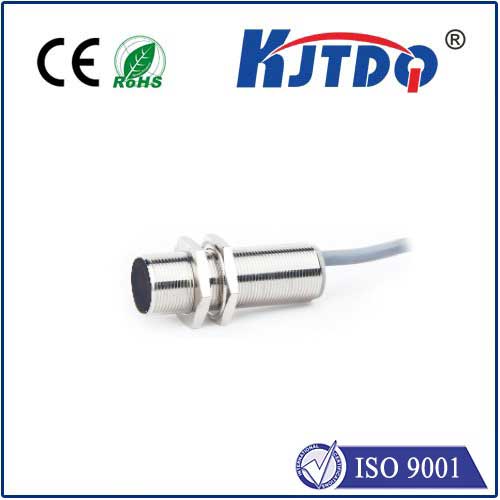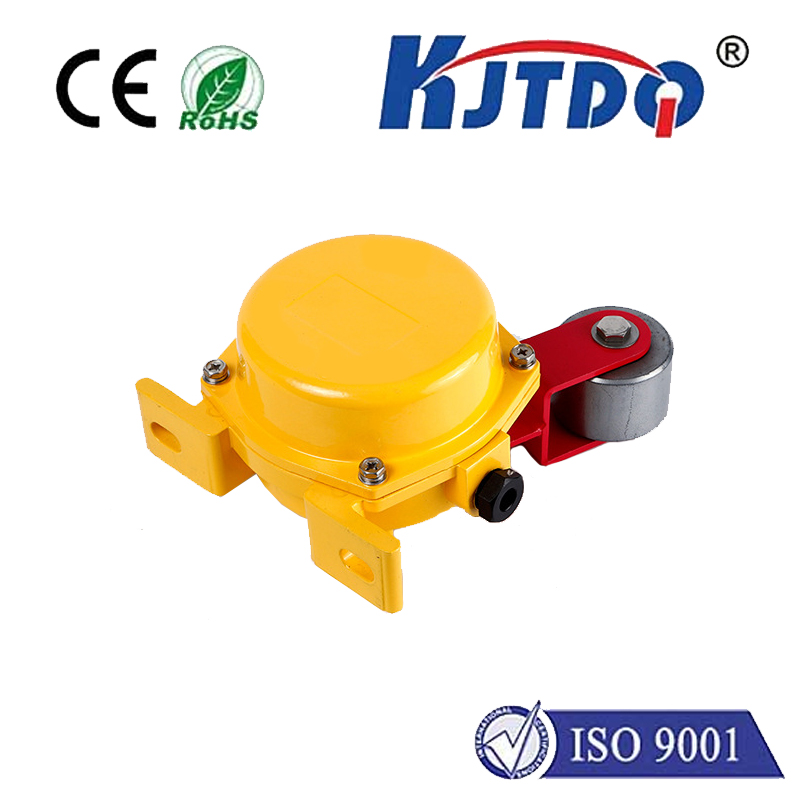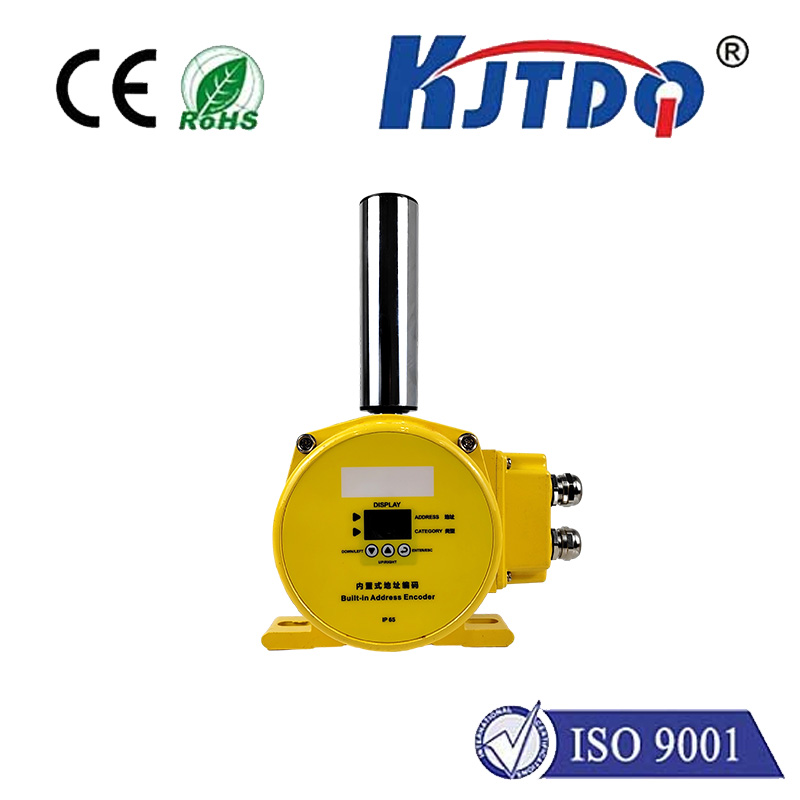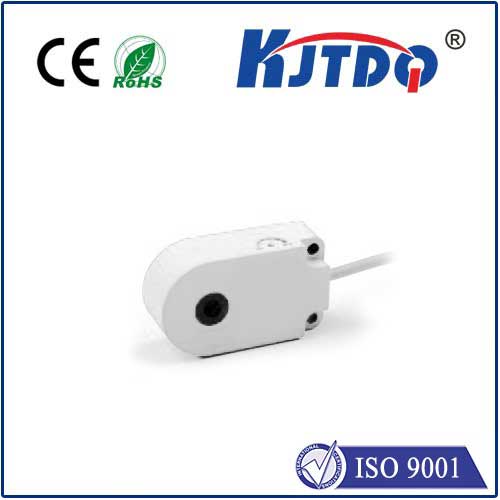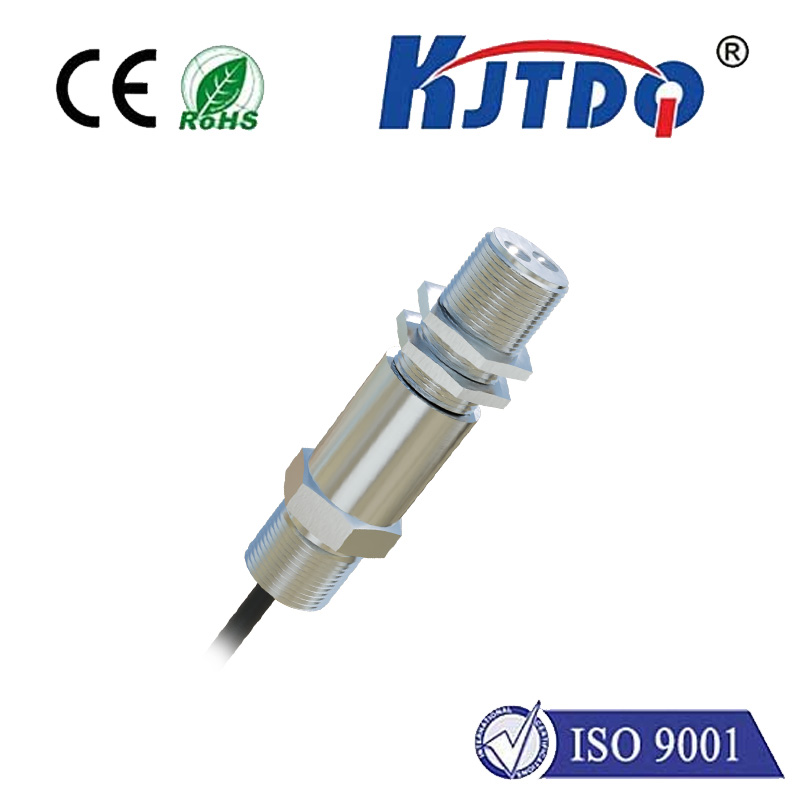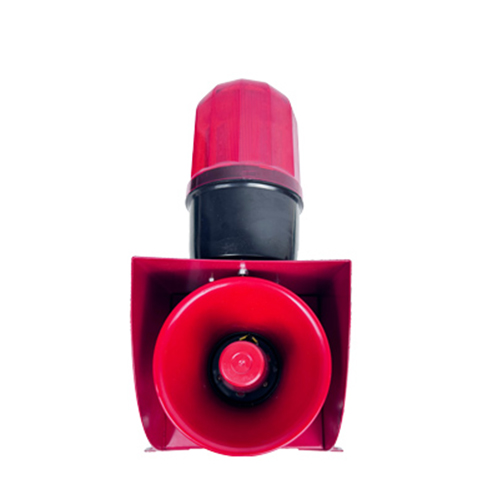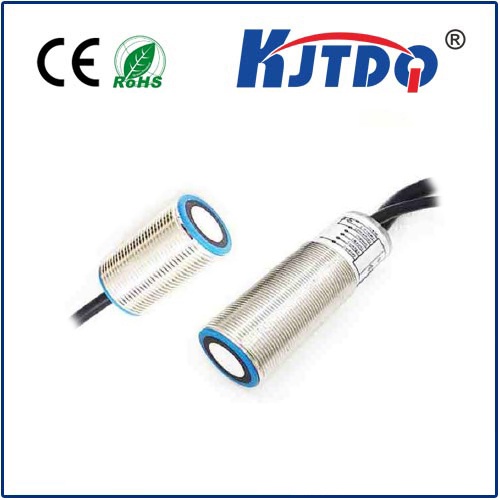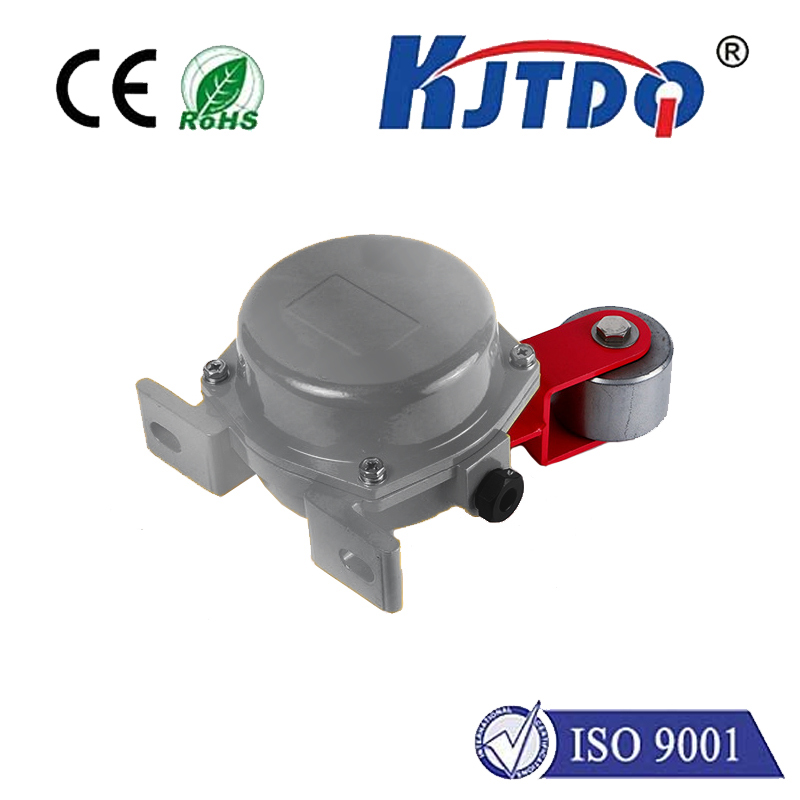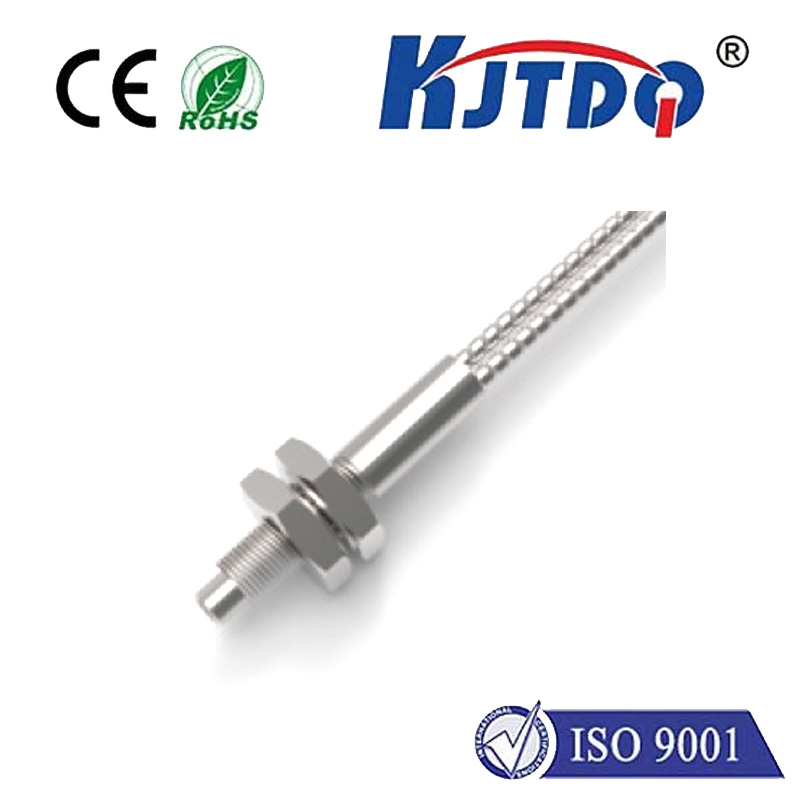proximity sensor distance measurement
- time:2025-06-23 16:25:04
- Нажмите:0
Proximity Sensor Distance Measurement: The Invisible Ruler
Imagine a world without touch – where machines know your presence before contact, smartphones dim screens as they near your ear, and cars park themselves with uncanny precision. This invisible awareness is powered by a fundamental capability: proximity sensor distance measurement. Far more than simple on/off detection, accurately gauging how far an object is unlocks a vast array of sophisticated applications across countless industries. This article dives into the principles, technologies, and critical factors enabling proximity sensors to act as precise, non-contact rulers.
Beyond Presence: The Power of Knowing “How Far”
While detecting the mere presence (is something there?) is useful, determining the exact distance to an object elevates functionality dramatically. Distance measurement transforms proximity sensors from binary switches into sophisticated feedback systems. This capability enables:
- Precise Positioning: Guiding robotic arms, aligning manufacturing components, or controlling assembly tolerances without physical contact.
- Level Monitoring: Measuring fill levels in tanks (liquids, granulates) through walls, vital in process industries.
- Gesture Recognition: Enabling intuitive control interfaces in consumer electronics (e.g., waving a hand over a sensor).
- Collision Avoidance: Safeguarding automated guided vehicles (AGVs) and robots by measuring clearance to obstacles.
- Speed and Motion Detection: Calculating object speed based on distance changes over time.
The Toolbox: Key Technologies Measuring the Gap

Different proximity sensors achieve distance measurement using distinct physical principles. Understanding these core technologies is key:
- Inductive Sensors: Measure the disturbance caused by a metallic target entering the sensor’s electromagnetic field. While primarily designed for presence detection, certain specialized inductive sensors (analog output types) provide a voltage or current output proportional to the distance to the metallic target within a limited sensing range. They are highly reliable in harsh industrial environments.
- Capacitive Sensors: Detect changes in capacitance caused by any material (metal, plastic, wood, liquid) entering their electrostatic field. Similar to inductive sensors, analog capacitive sensors output a signal proportional to the distance between the sensor face and the target object. This makes them suitable for non-metallic object detection and level sensing through non-metallic containers.
- Ultrasonic Sensors: Emit high-frequency sound pulses and measure the time-of-flight (TOF) for the echo to return after bouncing off an object. Using the known speed of sound in the medium (usually air), the distance is calculated as: Distance = (Speed of Sound × Time of Flight) / 2. Ultrasonic sensors excel at longer ranges and are largely unaffected by target color, transparency, or material (though absorbent materials dampen the signal). Think parking sensors or level measurement in large silos.
- Optical Sensors (Time-of-Flight - ToF): These sensors, often using infrared light, operate on a principle similar to ultrasonic sensors but much faster. A modulated light pulse (or beam) is emitted, and an integrated sensor measures the time it takes for the reflected light to return. Calculating distance = (c × Δt) / 2 (where c = speed of light, Δt = time-of-flight) provides extremely fast and accurate distance readings over short to medium ranges. This technology powers facial recognition unlocking and advanced gesture control in smartphones and AR/VR devices.
- Optical Sensors (Triangulation): These sensors project a light spot (usually laser) onto the target. A lens in the receiver focuses the reflected spot onto a position-sensitive detector (e.g., a PSD or CMOS array). The position of the spot on the detector changes depending on the target’s distance. This positional shift is used to calculate the distance via trigonometric triangulation. They offer high accuracy and resolution for small distances.
Accuracy Matters: Factors Influencing Measurement Precision
Achieving reliable distance measurement isn’t without challenges. Several factors can impact accuracy:
- Target Characteristics: Material properties significantly affect performance. Inductive sensors only work on metals. Capacitive sensors vary sensitivity based on the material’s dielectric constant. Ultrasonic and optical sensors can be affected by the target’s surface (highly reflective vs. absorbent, transparent, or dark for some optical types). Surface angle also plays a role.
- Environmental Conditions: Temperature fluctuates sound speed (affecting ultrasonic), alters electronic properties (affecting all), and can cause thermal expansion. Humidity impacts ultrasonic performance. Dust, fog, or steam can scatter light (optical) or absorb sound (ultrasonic). Strong ambient light can interfere with optical sensors. Electromagnetic interference (EMI) can disrupt sensor electronics.
- Sensor Calibration: Precise factory calibration and potentially periodic field calibration are essential, especially for analog sensors and TOF systems where signal processing is critical. Changes in environmental conditions might necessitate recalibration.
- Mechanical Vibration: Can cause the measured distance signal to oscillate if vibration frequencies are within the sensor’s response bandwidth.
- Sensor Resolution and Linearity: Resolution defines the smallest detectable distance change. Linearity refers to how consistently the sensor’s output relates to the actual distance across its range. Non-linearity introduces errors.
Choosing the Right Ruler: Application Dictates Technology
Selecting the optimal датчик приближения for distance measurement hinges entirely on the specific requirements of the application:
- Inductive: Ideal for harsh industrial environments, metallic targets only, limited analog range. Excellent resistance to dirt, dust, and moisture.
- Capacitive: Perfect for non-metallic targets, level sensing through non-metal walls, can be affected by humidity and contaminants sticking to the face.
- Ultrasonic: Great for longer ranges, diverse materials, level sensing in bulk, tolerant of dust and light fog. Slower response than optical, affected by temperature and air turbulence.
- Optical (ToF): Extremely fast, good for short-medium ranges, high accuracy. Susceptible to ambient light interference (sunlight), dust, fog, and requires a reasonably reflective target.
- Optical (Triangulation): Offers very high precision and resolution for small distances (
From Factories to Phones: Distance Measurement in Action
The ability of proximity sensors to provide reliable distance measurement permeates modern technology:
- Промышленная автоматизация: Precise positioning of robotic arms, controlling conveyor belt spacing, monitoring thickness of materials, accurate assembly control.
- Automotive: Parking assistance systems (ultrasonic), collision avoidance radars (often RF, but similar principle), gesture control inside the cabin (ToF).
- Consumer Electronics: Automatic screen dimming in smartphones (usually capacitive or optical), touchless faucets/soap dispensers (capacitive or IR), facial recognition for unlocking (ToF), drone altitude hold (ultrasonic/ToF).
- Building Automation: Occupancy detection for lighting/HVAC (PIR often detects motion, but proximity can gauge presence/distance), automatic doors (motion and distance sensing).
- Process Industries: Non-contact tank level monitoring (ultrasonic, capacitive, radar), checking fill levels in bottles/cans on production lines.
Mastering the Gap
Proximity sensor distance measurement is a cornerstone of modern sensing technology. By translating the invisible gap between sensor and object into precise electronic signals using electromagnetic fields, sound waves, or light, these sensors provide the critical feedback needed for automation, safety

